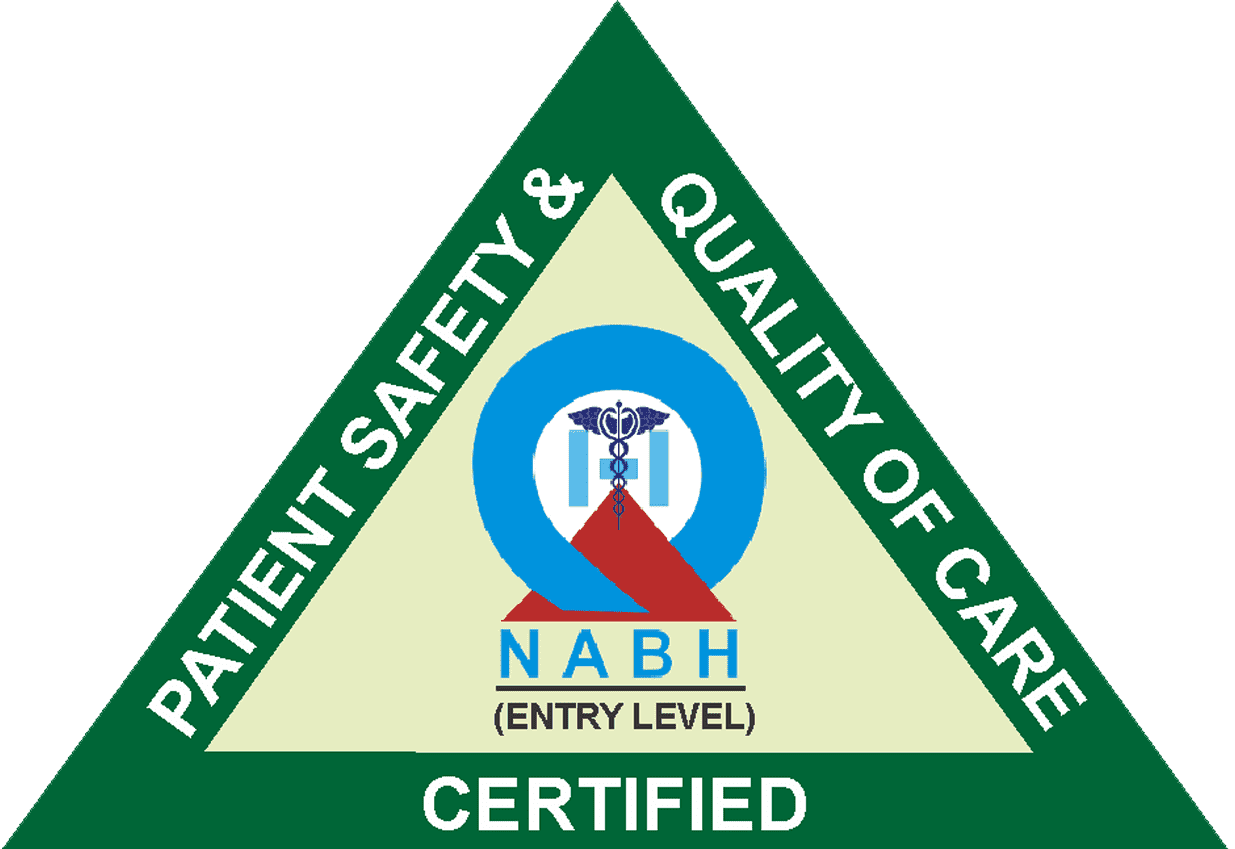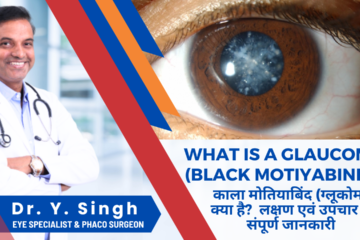Why Do You Need To Flush Out Your Eye?
Your brow ridges, eyelashes, eyelids, and tears are all part of a protective mechanism that keeps your eyes protected from harm. It is not, however, a flawless technique. Particles, particles, and liquids may all enter your eye and remain there if not cleared out.
If your eyes are inflamed or dry, you may want to flush them out. Allergies to pollution or smoky air may induce these symptoms.
If you need to flush out your own or someone else’s eyes for whatever reason, there are several safety precautions to take.
Step-By-Step Guide
How you should flush out your eye may depend upon what got inside. If a chemical liquid, such as a household cleaner, splashes into your eye, your first step should be to check the label for safety instructions. Usually, you will be instructed to flush out the eye with warm water.
If no label is available, flush the eye with water for about 15 minutes. Then seek medical help immediately. You can also contact a poison control hotline, such as Poison Help, for more information, but do this after you have flushed out the eye.
If a particle of sand, dirt, or other tiny substance can be seen hovering on your lower lid or eyelashes, you can try to remove it without flushing, by using a clean, unused tissue. Make sure your hands are clean first, and don’t attempt this if the particle is in the eye.
Here is a standard procedure for flushing out yours, or someone else’s, eye:
First, make sure your hands are clean, by washing them thoroughly with soap and warm water. Next, remove contact lenses if any are being worn.
Flush out the eye, or eyes, for up to 15 minutes with warm water, stopping every few minutes, to see if the eye has been thoroughly flushed out. There are several ways to do this:
- Stand in the shower, and let warm (not hot) water cascade onto your forehead and into your eye, on a low-pressure setting. Do not tilt your head backward, and try to keep your eyes open for extended periods of time, while you are flushing them out.
- Bend over the sink and turn the faucet on. Keep your eye area under the running water while tilting your head to the side, so that warm water can flow into your eye.
- Bend down over a sink. Use a pitcher or glass of warm water to pour into the eye or eyes slowly, with your head tilted to one side. Do not tilt your head backward.
- Fill a pan with water and dip your face into the water while blinking.
- If you are helping a child to flush out their eye, gently hold their eyelid open while the water flushes it out. Keep calm so that the child remains calm as well.
Get Regular Eye Screenings
Everyone should be getting eye screenings on a regular basis. During the screening, your doctor may recommend you schedule an appointment with an ophthalmologist if they believe there’s a potential vision problem.
Here are some things you can expect during a comprehensive eye exam:
- A review of your health and family history of eye disease, like glaucoma.
- Vision testing
- A dilated eye exam to check the retina and optic nerve
- A refraction test to determine the sharpness of your near and distance vision
Anyone with symptoms or a family history of eye disease, diabetes, or high blood pressure should see an ophthalmologist to determine how frequently your eyes should be examined.





